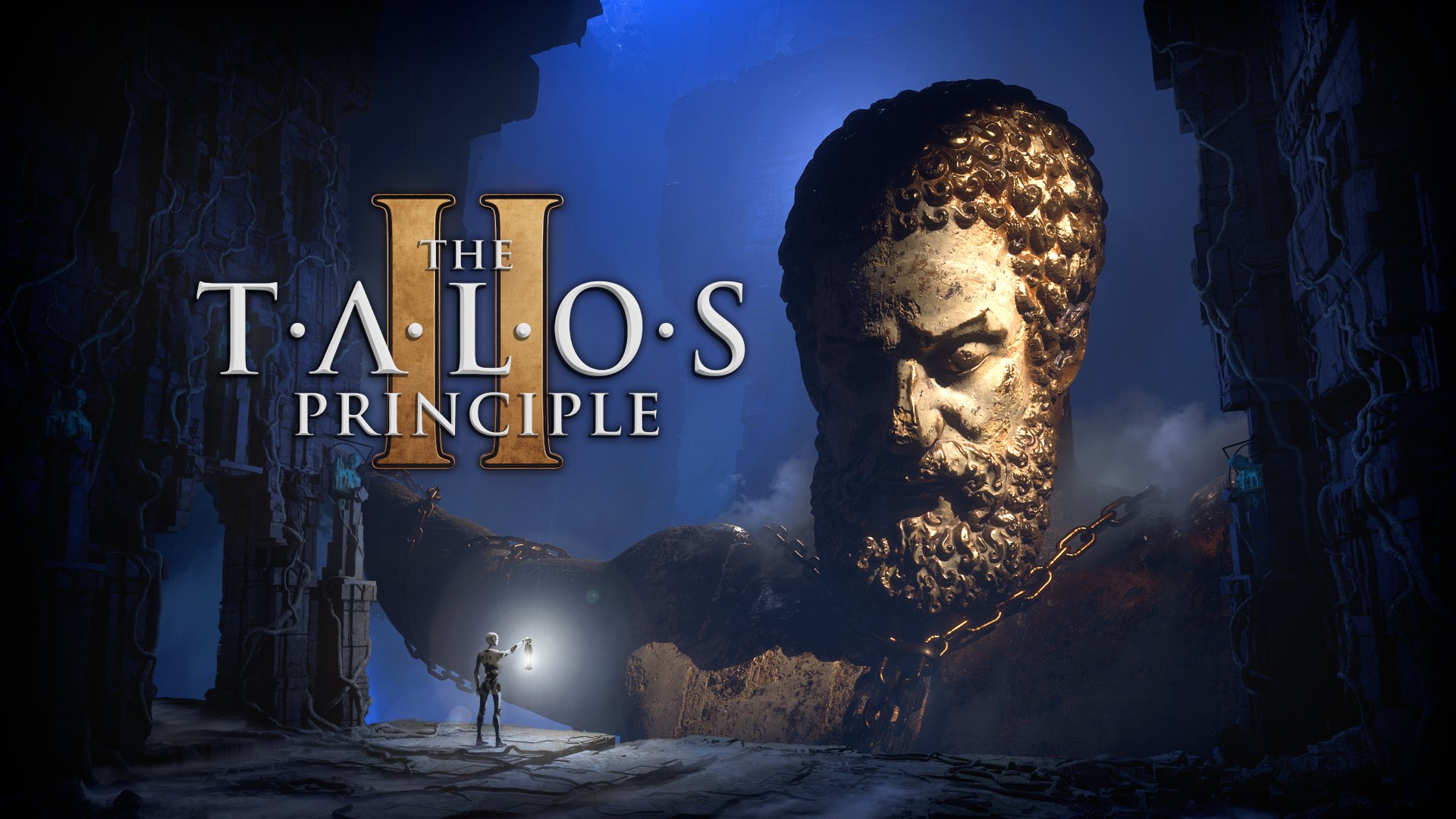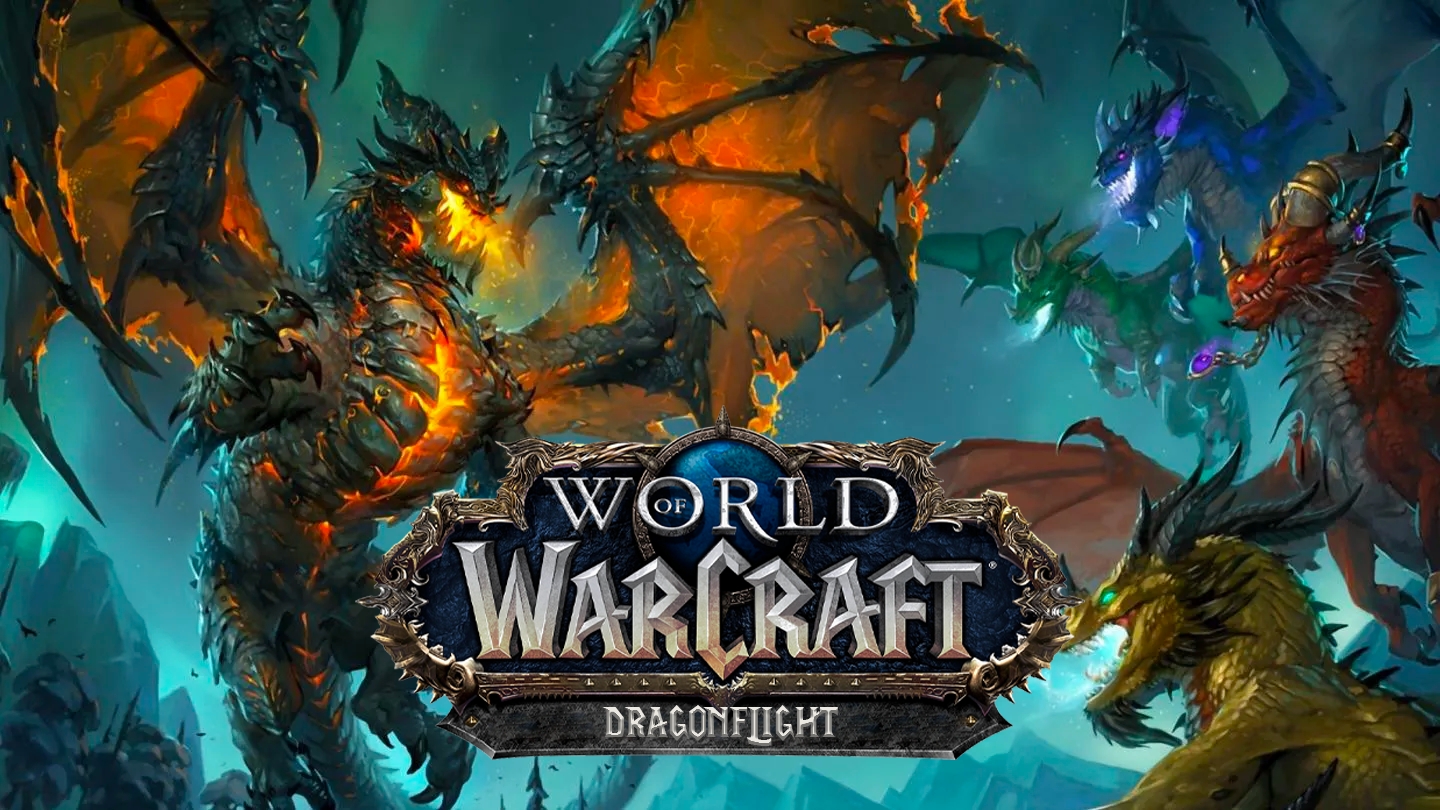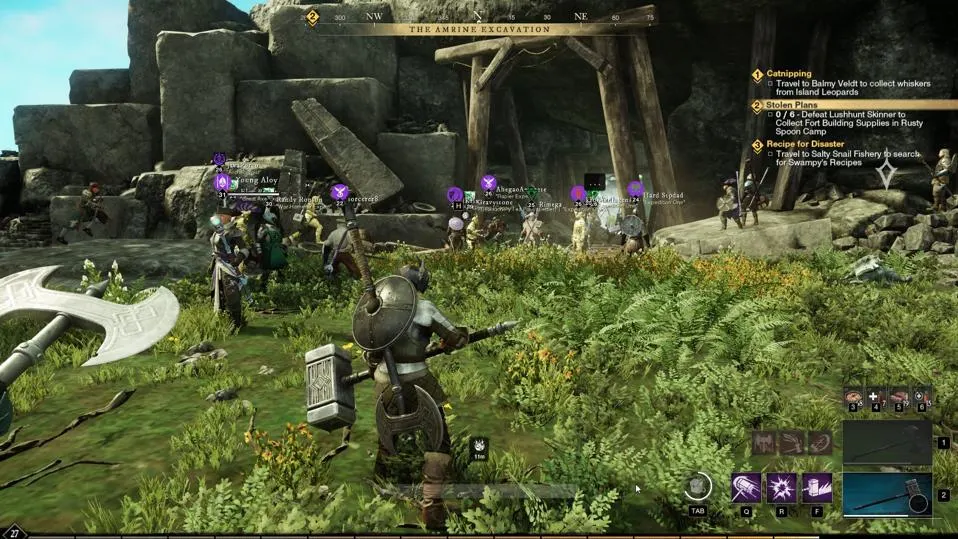Introduction
The original The Talos Principle, developed by Croteam and released in 2014, took the gaming world by surprise with its deep philosophical themes, intricate puzzles, and captivating narrative. Now, almost a decade later, The Talos Principle II has arrived, bringing with it high expectations from fans of the first game. Does this sequel manage to build on its predecessor’s success, or does it fall short of the mark? In this review, we’ll explore the various aspects of The Talos Principle II, including its gameplay, story, visuals, sound, and overall reception.
Gameplay Mechanics
Puzzle Design
One of the core strengths of The Talos Principle II is its puzzle design. The game continues the tradition of presenting players with thought-provoking puzzles that require both logical thinking and creativity to solve. The puzzles range from simple tasks to complex, multi-step challenges that can take considerable time and effort to decipher.
The game introduces several new mechanics that add depth to the puzzle-solving experience. For example, the use of holographic projections allows players to interact with and manipulate their environment in innovative ways. The puzzles are well-integrated into the game’s narrative, making them feel meaningful rather than just obstacles to progression.
Exploration
Exploration is another key component of The Talos Principle II. The game world is expansive and richly detailed, encouraging players to wander and discover its many secrets. The environments are diverse, ranging from ancient ruins and futuristic cities to serene natural landscapes. Each area is filled with hidden collectibles, lore, and Easter eggs that add depth to the game world and reward curious players.
The game also features a non-linear structure, allowing players to tackle puzzles and explore areas in any order they choose. This freedom of exploration adds to the game’s replayability, as players can return to previously visited areas with new insights or abilities.
Tools and Gadgets
In addition to traditional puzzle-solving, The Talos Principle II introduces a variety of tools and gadgets that players can use to interact with the environment. These include:
- Holographic Projectors: Used to create and manipulate holographic objects that can trigger switches or block laser beams.
- Quantum Boxes: Allow players to be in two places at once, solving puzzles that require simultaneous actions.
- Temporal Disruptors: Enable manipulation of time, such as slowing down or reversing certain elements in a puzzle.
These tools are gradually introduced throughout the game, ensuring that players have ample time to master their use and incorporate them into increasingly complex puzzles.
Storyline and Narrative
The narrative of The Talos Principle II is a continuation of the philosophical and existential themes explored in the first game. Players once again assume the role of an artificial intelligence exploring a world filled with ancient relics and futuristic technology. The story delves into questions about consciousness, identity, and the nature of reality, challenging players to reflect on their own beliefs and assumptions.
The game’s narrative is delivered through a combination of environmental storytelling, written logs, and interactions with other characters. The writing is thoughtful and thought-provoking, with well-crafted dialogue and philosophical musings that add depth to the experience. The presence of multiple endings based on player choices adds an additional layer of complexity to the narrative, encouraging multiple playthroughs to explore different outcomes.
Graphics and Art Style
Visually, The Talos Principle II is a stunning achievement. The game features beautifully rendered environments that are both detailed and atmospheric. The art style strikes a balance between realism and surrealism, creating a world that feels both familiar and otherworldly.
The lighting and particle effects are particularly noteworthy, adding to the immersive quality of the game world. Whether exploring sunlit ruins or navigating dark, foggy forests, the visual presentation enhances the overall experience. The character models and animations are also well-crafted, contributing to the game’s polished appearance.
Sound Design and Music
The sound design in The Talos Principle II is exceptional, with a rich and immersive audio landscape that enhances the gameplay experience. The ambient sounds, from the rustling of leaves to the distant echoes of ancient machinery, create a sense of presence and immersion.
The game’s music, composed by [Composer’s Name], is a standout feature. The soundtrack blends haunting melodies with uplifting themes, perfectly complementing the game’s philosophical tone. The music dynamically adjusts to the player’s actions, adding emotional weight to key moments and enhancing the overall atmosphere.
Reception and Reviews
The Talos Principle II has received widespread acclaim from both critics and players. Critics have praised the game for its innovative puzzle design, engaging narrative, and stunning visuals. According to [Reviewer] from [Publication], “The Talos Principle II is a masterclass in puzzle design and storytelling, offering a deeply immersive and thought-provoking experience.”
Another review from [Reviewer] at [Publication] highlights the game’s philosophical themes, stating, “The Talos Principle II challenges players to think deeply about the nature of existence and consciousness, making it a standout title in the puzzle genre.”
While the game has been largely well-received, some criticisms have been noted. A common point of contention is the difficulty of some puzzles, which can be frustratingly challenging for some players. Additionally, a few technical issues, such as minor bugs and performance hiccups, have been reported. Despite these minor flaws, the overall reception of The Talos Principle II has been overwhelmingly positive, with an average score of [mention average score or rating from review aggregators like Metacritic or Steam].
Conclusion
The Talos Principle II successfully builds on the strengths of its predecessor, delivering an engaging and thought-provoking experience that challenges players both intellectually and philosophically. With its innovative puzzle design, captivating narrative, stunning visuals, and immersive sound design, the game stands as a worthy successor to the original. Whether you’re a fan of the first game or new to the series, The Talos Principle II is a must-play title for puzzle enthusiasts and those seeking a deeper, more contemplative gaming experience.
Frequently Asked Questions
What is The Talos Principle II?
The Talos Principle II is a first-person puzzle game developed by Croteam and published by Devolver Digital. It is the sequel to the critically acclaimed The Talos Principle and continues the series’ tradition of combining challenging puzzles with philosophical themes.
Who developed The Talos Principle II?
The game was developed by Croteam, the same studio behind the original The Talos Principle and the Serious Sam series.
When was The Talos Principle II released?
The game was released on [insert release date here].
On which platforms is The Talos Principle II available?
The Talos Principle II is available on [list platforms where the game can be played, such as PC, PlayStation, and Xbox].
What genre is The Talos Principle II?
The game is a first-person puzzle game that combines elements of exploration, puzzle-solving, and philosophical storytelling.
How does the puzzle system in The Talos Principle II work?
The game features a variety of puzzles that require logical thinking and creativity to solve. Players use tools such as holographic projectors, quantum boxes, and temporal disruptors to interact with the environment and solve puzzles.



